share
How Fashion Brands Can Leverage Web3
For fashion brands, Web3 is a great new way to attract audiences as well as to create an original and effective marketing campaign that will make waves. With the development of Web3, the integration of brands is most likely to continue, and the fashion industry as a whole could gain new meanings and manifestations.
For example, you could buy a rare cool physical item in the form of an NFT. Instead of having it delivered to you, you can just resell the NFT (i.e., right of ownership) that has grown in price to another person. This way, you don’t have to bother shipping the item and don’t even have to have it in the first place.
The owners of rare and expensive items can also be registered on the blockchain. This way, you could create clubs and come up with targeted marketing models. Brands can also integrate into popular metaverses and display their digital clothing there to generate more sales. To clarify: a full transition to digital and web3 for fashion brands is impossible, but it’s still a fresh, new, and relevant way to create an effective and memorable brand promotion.
With that in mind, let’s break down some of the key trends in Web3 fashion that are worth taking note of in 2023.
NFT: The New Fashion Tech
NFTs have been all the rage in recent years. An NFT (non-fungible token) is a digital certificate stored on the blockchain. You can link it to any piece of data, be it a JPEG image, a video, or just a reference to a real-life object and/or document, and transfer the token freely to other users.
NFTs open up a huge world of possibilities for all brands, including fashion houses. You can tokenize digital and IRL objects and agreements – such as clothes, accessories, and tickets – and trade them as you would any other asset. Many high-profile fashion houses, such as Nike, Gucci, Dolce & Gabbana, Adidas, and Tiffany, have already taken the plunge. Their first NFT collections proved a booming success, amassing over $260 million in total sales in 2022.
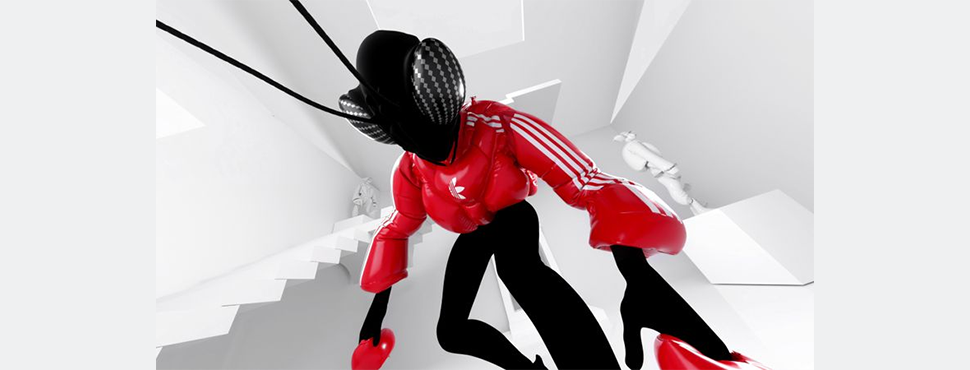
One of the ‘simpler’ examples of that is Adidas – the lead German sportswear brand that launched a 16-piece collection of digital wearables for metaverse avatars.
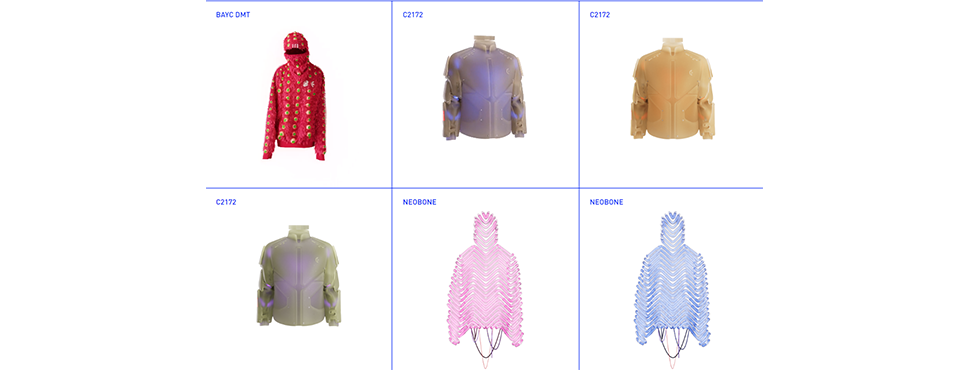
Another prominent example is Gucci, which 2021 launched its first collection of virtual sneakers called Gucci Virtual 25.
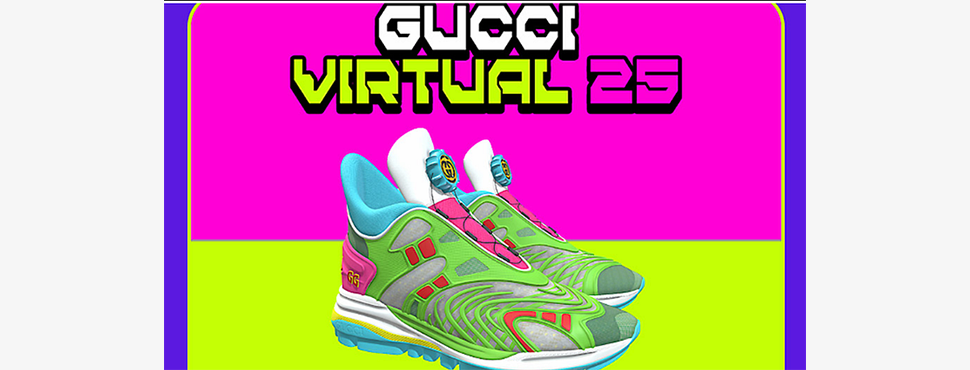
Digital = Physical?
There’s still a lot of argument around whether the Metaverse should be fully digital or a digital appendix to the physical market. The answer is both. Fashion brands could benefit greatly from merging physical goods and their correspondent NFTs. This way, you can boost customer loyalty and generate hype at a whole new level.
For example, famous designer Azuki, in collaboration with the Japanese fashion brand AMBUSH, released a series of NFT capsules with redeemable physical clothes from their new collection.
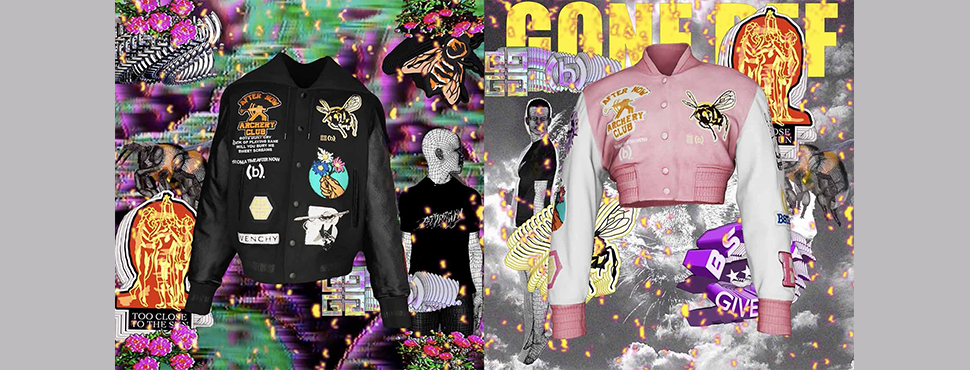
Another example of this is Givenchy and its collaboration with (b).STROY. Together, the two brands released the Spring 2023 Capsule Collection – a set of six NFTs, each representing physical goods from the collection.

In December of 2023, designer RTFKT, who already had a rich history of metaverse expansion, partnered with Nike.
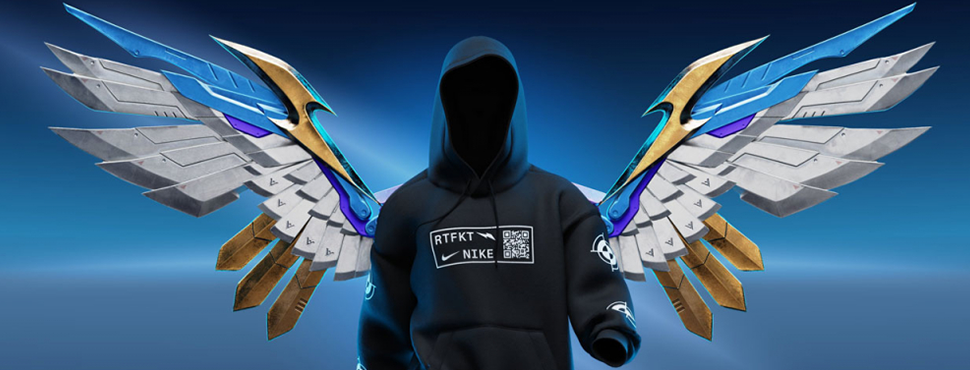
The result was Cryptokicks iRL – a collection of 19,000 redeemable NFT smart shoes.
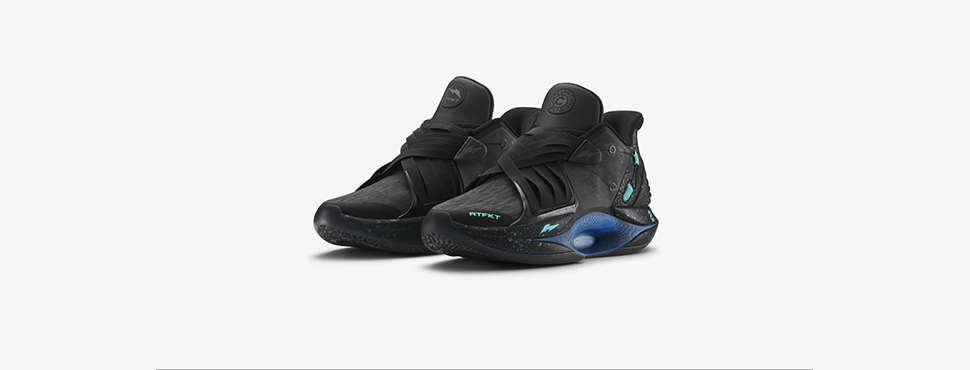
Charli Cohen is also no stranger to blurring the boundaries between physical and digital. The famed London-based fashion designer has been blending virtual and IRL since 2012 with her self-titled brand.
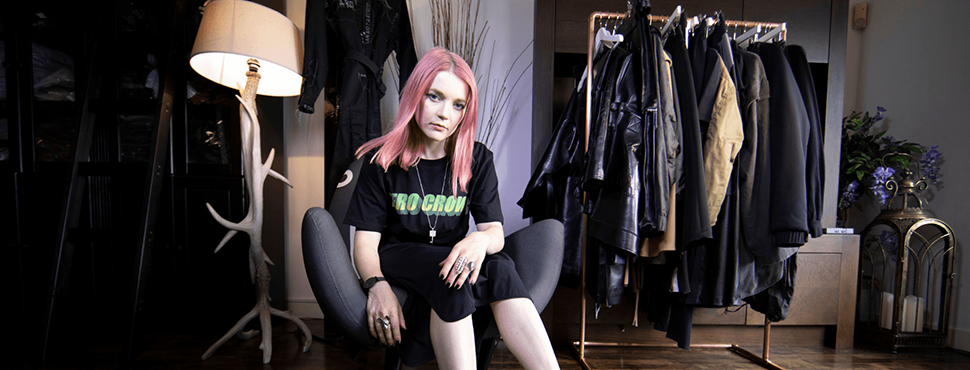
According to the brand’s statement, “the notion of identity has evolved. There is no longer a line between the physical and digital us. Identity is also about consistency – the ability to take what matters to us across all the environments we exist in.”
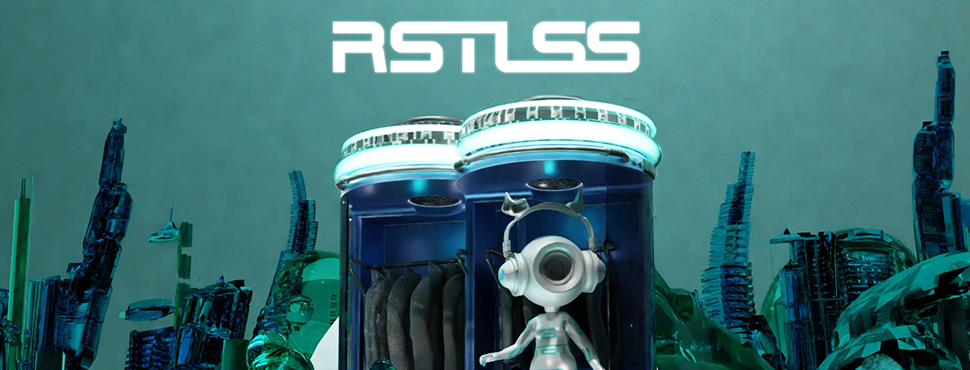
She goes on to prove that by hosting a project called RSTLSS. The idea is to get brands, fans, influencers, and fashion designers together in a space where everyone can explore and co-design collections, experiences, games, live events, etc.
NFT Ticketing
NFT tickets are pretty much a thing already, but we still have a way to go in terms of their integration. So far, this technology is mostly used in the Metaverse, but it can also come as a blend.

A good example of that is Wrangler. In February 2022, the world’s lead cowboy-style wear brand dropped a series of 75 animated denim suit NFTs designed and directed by Bridges. Aside from dynamic wearables for Decentraland avatars, these included access to IRL experiences – namely, a VIP pass to an exclusive event with Bridges at the NYFW.
Experimenting further, you could come up with various ways to provide multidimensional experiences. For example, a fashion show could be divided into two layers: the IRL part and a parallel real-time AR/VR show with clothes and accessories only available virtually. You could even host an exclusive, time-limited sale happening only during the real-world show, which would incentivize people to buy NFTs.
NFTs tickets could be later resold for profit. The tokenomics of this model can also eliminate fake tickets and boost sustainability. There’s no need to print new tickets – you can just resell already existing tokens.
The Game of Fashion
Gamification is a huge driver of customer interaction. You could gamify a fashion brand with AR or VR and make it into an immersive experience by hosting competitions, quests, or sandbox-like experiences where users can come up with their own ways to have fun.

For example, Louis Vuitton collaborated with Beeple to create an NFT game called “Louis: The Game.” The game was meant to commemorate the 200th birthday of the famed brand’s founder. In it, players follow a mascot of Louis Vuitton himself, searching for 200 collectible candles and trying to get hold of one of the 30 brand NFTs.
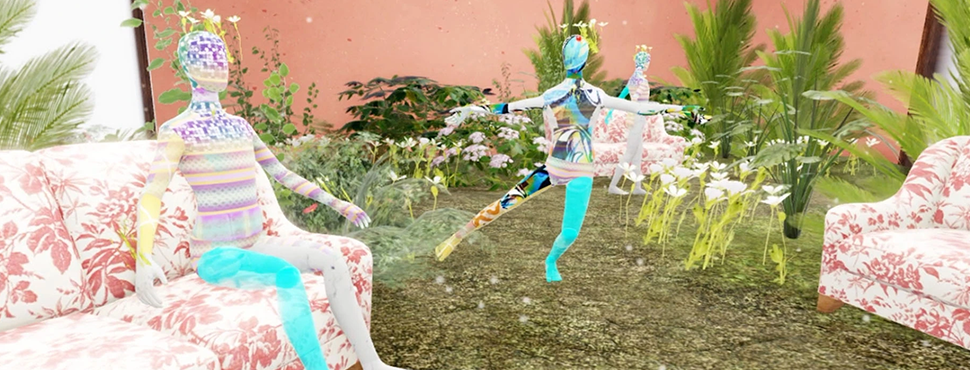
Another prominent pioneer of gamified fashion is Gucci, with their immersive experience called Gucci Garden. Set in the game-building Metaverse Roblox, it lets players turn their avatars into mannequins and explore several showrooms designed by Gucci. As you go along exploring each room, your avatar takes on features and elements of its surroundings.

In 2021, the iconic British fashion brand Burberry also took a dive into Web3, its own VR fashion show. In it, users can look at and try on different fashion items, as well as dress their NFT avatar called Minny B. Previously, Thomas Burberry had also launched an NFT collection for the blockchain game Blankos Block Party, which also proved a big success.
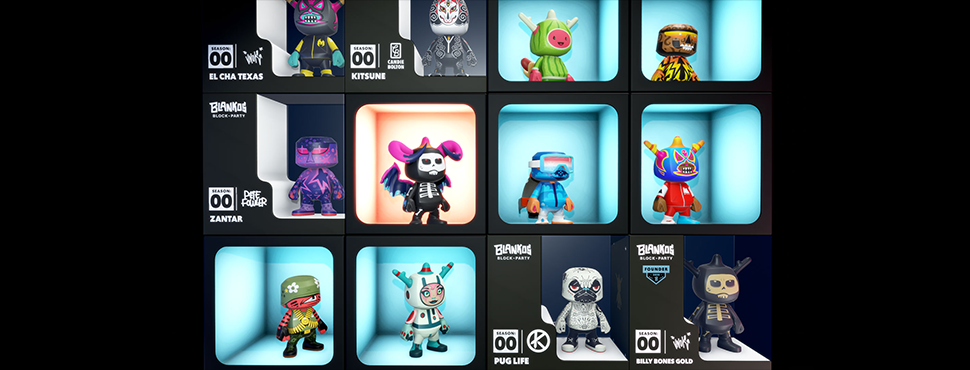
The Sandbox and Roblox have already pioneered these two frontiers; now it’s time to explore a world where users can engineer their own ways to engage with their favorite brands.
ARevoution
One of the more obvious use cases for Web3 is hosting virtual live fashion shows. 2022 saw the first-ever full-on Metaverse Fashion Week take place in Decentraland. Over 70 fashion brands were present at the event, including the likes of Dolce & Gabbana, Etro, Tommy Hilfiger, and Selfridges.
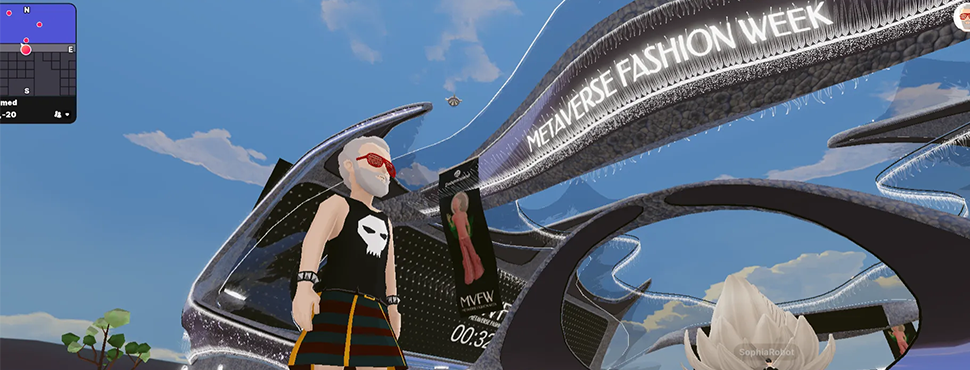
During the event, guests were able to try on, wear and show off their clothes and accessories on the virtual runway. Overall, the experience was technically far from perfect, but the sheer number of participants speaks to the level of interest the Metaverse and Web3 generate among key fashion players.

Another older example of AR evolution is Gucci. Back in 2018, Gucci was among the first to launch its own AR app where users can try on different pieces of clothing and jewelry.

Engagement: Co-design
Fashion brands could benefit greatly from allowing their fans not just to buy their goods but also to have a hand in designing them. Combined with fractional NFTs, this could bring about some truly unique items and collections never thought of before, i.e., having near-infinite market value.
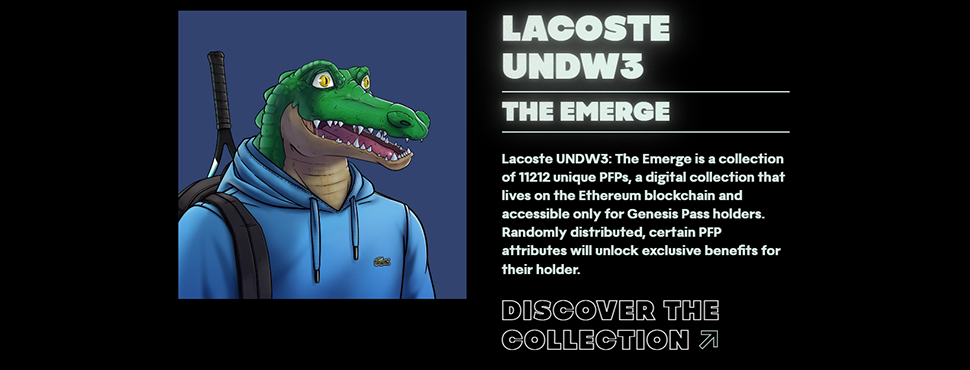
One of the pioneers of that approach is Lacoste, which launched an NFT collection called UNDW3: The Emerge. Among other things, holders of NFTs from the collection have the right to co-design new Lacoste items and otherwise engage with the brand.
Web3 Fashion: The Technical Benefits
Seamless Experiences
Blockchain interoperability is one of the keywords when it comes to the Metaverse. Ideally, it means being able to freely transfer your digital assets across platforms without boundaries. If implemented in fashion, this could lead to the creation of a united global fashion market where one could list and sell clothes, accessories, and experiences in seconds. This model implies no boundaries, and people can instantly exchange fashion items across the globe.
Crypto Payments
Cryptocurrency payments are another step towards integration. Once implemented, it could eliminate boundaries and make exchanging fashion items faster and easier than ever before. Gucci and Balenciaga have already teased crypto payments in both online and offline brand outlets.
Provenance, Scarcity, and Supply
Blockchain is about transparency. With it, users can track down the origin of digital assets, check real data on their supply and demand, and view their full transaction history. With the right use of NFTs, you could potentially root out the fake fashion items problem and ensure that every item listed for sale is authentic. That said, there’s no way to forbid anyone from counterfeiting NFTs. The main challenge here is to ensure that followers of a brand end up in the ‘right’ marketplace browsing through authentic items and know how to tell a fake apart from the real deal.
E-Z Royalties
NFTs let you bake royalties into them. When you mint a token, you can set the exact number of % you expect to get from each subsequent resale. This % will be charged automatically, with no action required on your side. What’s more, you can come up with all sorts of flexible royalties models. For example, you can make a curve that raises or lowers royalties by a set % with each subsequent resale. Or, you could set other conditions for changing or even canceling royalties altogether. And again, once an NFT’s out there, no action is required of you to get your share.
Web3 Fashion: The Challenges
The Demand for NFTs
The main challenge of Web3, in general, is that the true demand for digital collectibles is still fairly small. Multiply that by the relatively high entry threshold of the fashion world, and you get a pretty elitist scene that exists solely for those ‘in.’ The very idea of blockchain is to allow everyone to engage in an ecosystem and choose the degree to which they can engage. The fixed monetary entry barriers could be replaced with flexible price-building models, allowing for more potential user engagement. This is already partly implemented with fractional NFTs, but those yet remain a niche thing as we speak.
NFT Energy Consumption
NFTs are still in their relative nascency, and they still have a slew of technical challenges to overcome. One such challenge is energy consumption when creating NFTs. This is especially relevant for Proof-of-Work networks – i.e., networks that live off miners. Mining is extremely energy-consuming, and it’s not eco-friendly, to put it mildly. A possible solution to that is switching to Proof-of-Stake models that live off users’ stakes in the network rather than mining powers. This model is 95% more eco-friendly than PoW. Ethereum, which is the de-facto home of Web3, switched to the Proof-of-Stake model in late 2022, which should help make blockchain and Web3 more sustainable.
Explaining Digital Ownership to the Masses
By far, the biggest challenge of Web3 is to explain the utility of digital assets to the masses. In the public eye, NFTs are pretty much synonymous with the Bored Apes and their countless knockoffs. Crypto in the mass consciousness still sits alongside “digital gold” or “scam” with no clarity as to what problems it can really solve. This is the bottleneck that needs to be overcome first: to explain to the masses what non-fungible tokens and what cryptocurrencies really stand for. To make it clear that NFTs are not just. JPEG collectible cards – they’re a means of certification in the same way that paper is a medium for real-world certificates and other documents.
Fashion brands can contribute to this by providing educational value as well as Web3 collections and events. After all, fashion is all about choice and self-expression – and delving into blockchain must always be a conscious choice that helps users better express themselves.








